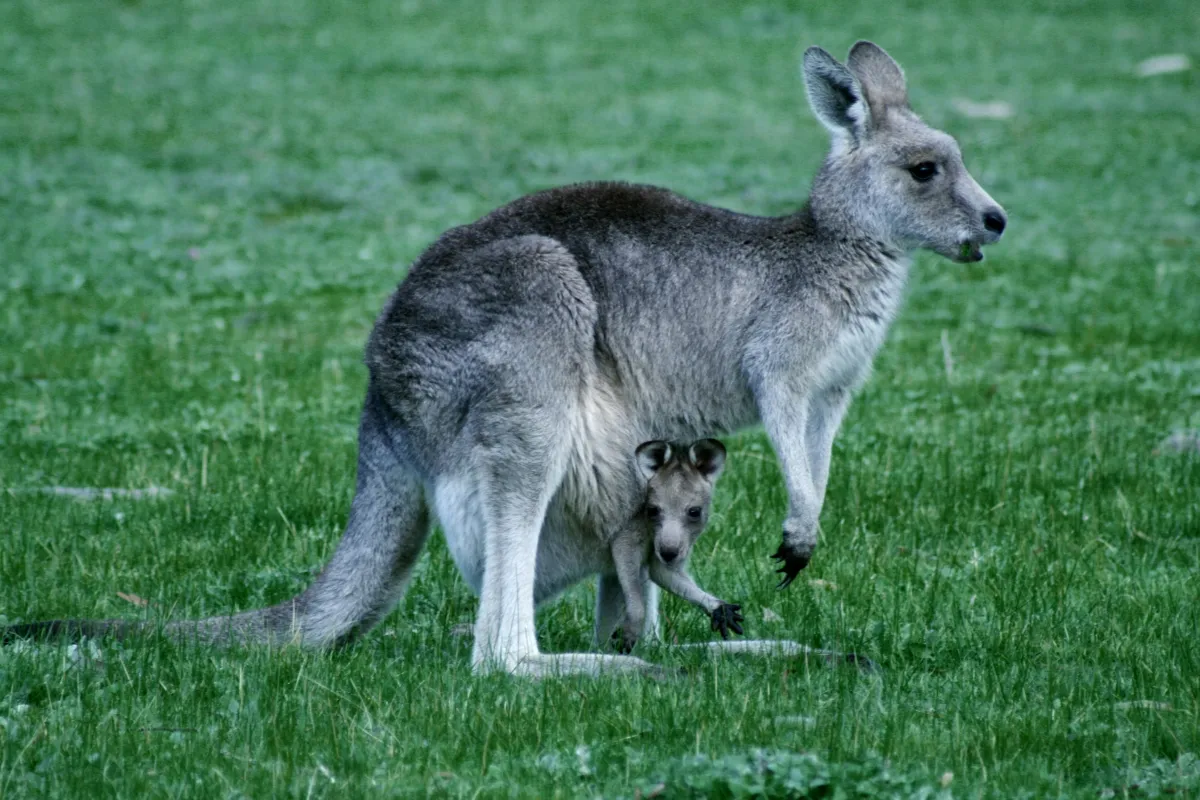Ancient Kangaroos: A Hop Through Time
Monday, 13 January, 2025205 words3 minutes
The late Pleistocene epoch witnessed a widespread extinction event that erased numerous large animal species from the planet. In Australia, this included the disappearance of nearly two dozen kangaroo species. The cause of this extinction has long been a subject of debate among paleontologists.
In a groundbreaking study published in Science, researcher Sam Arman and his colleagues from Megafauna Central, an Australian natural history museum, have shed new light on this mystery. They employed a technique called dental microwear texture analysis to examine the teeth of over 900 kangaroos, both extinct and extant species.
Their findings challenge the prevailing notion that these kangaroos were specialized eaters. Instead, the study revealed that most extinct kangaroos, both short-faced and long-faced varieties, had mixed diets consisting of both grasses and shrubs. This dietary flexibility suggests that their extinction was unlikely to have been caused solely by climate-induced changes in vegetation.
The researchers propose that the arrival of humans in Australia, which coincided with the extinction event, may have played a more significant role than previously thought. However, this conclusion is not without controversy, as some scientists, like Larisa DeSantis from Vanderbilt University, argue that the study may be oversimplifying the complex interplay between climate change and extinction events.
